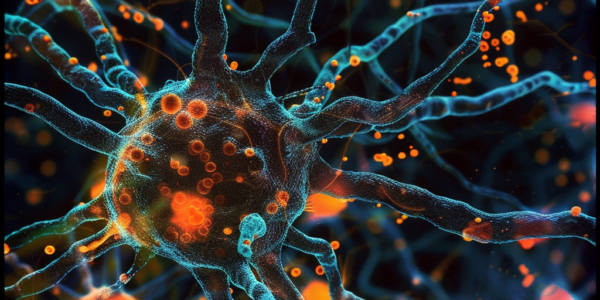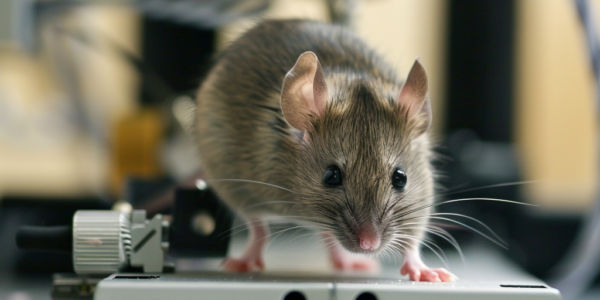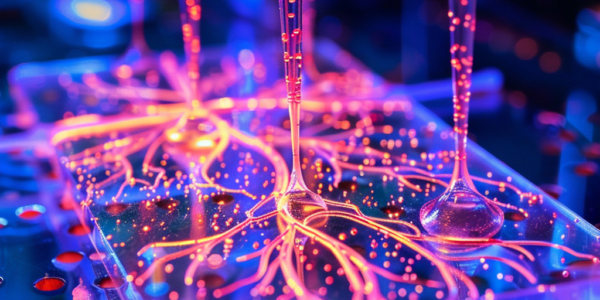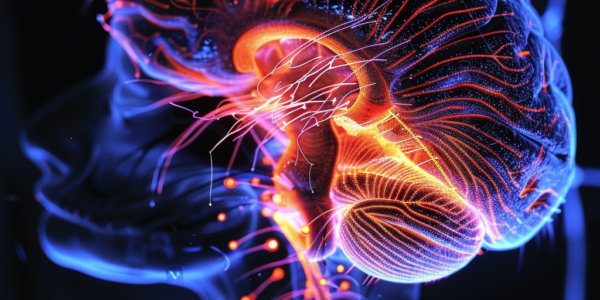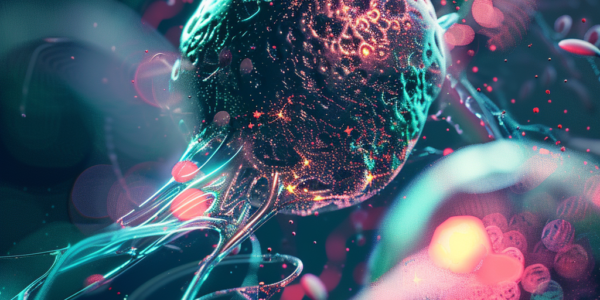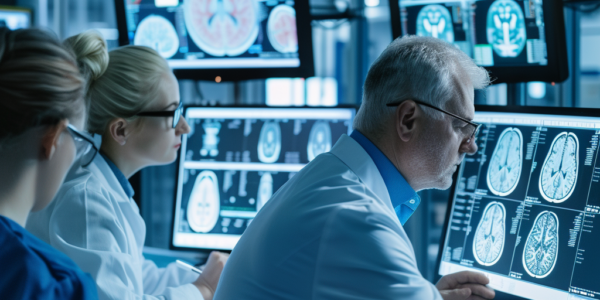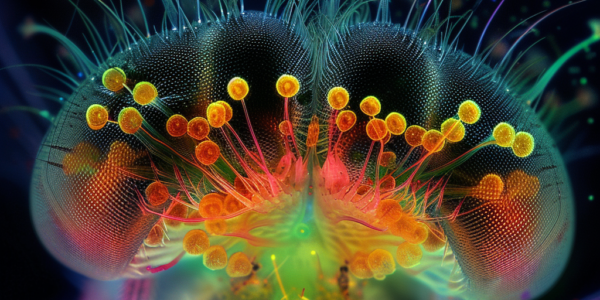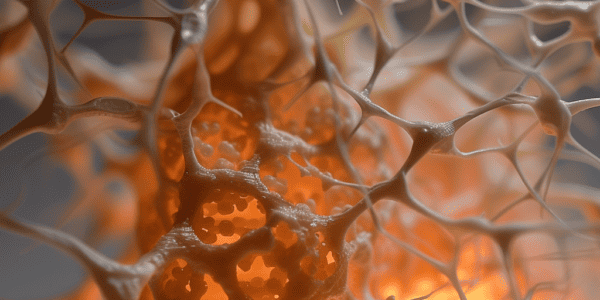Study Reveals Brain’s Regulation of Emotions
Researchers at Dartmouth have uncovered the intricate mechanisms behind how the brain regulates emotions, offering new insight into mental health treatments. The study shows the role of specific brain regions in emotion regulation and the influence of neurotransmitters like dopamine, serotonin, and cannabin.
Study Shows Microglia Play Crucial Role in Brain’s Recovery from Anesthesia
Recent study by Mayo Clinic reveals the crucial role of microglia in aiding the brain’s recovery from anesthesia, offering potential for innovative treatments for anesthesia-related complications. Microglia engage with neurons and inhibitory synapses to mitigate the aftereffects of anesthesia, enhancing neuronal activity for brain awakening. Understanding the pivotal role of microglia in aiding the brain’s awakening process post-anesthesia opens new possibilities for managing and mitigating the adverse effects of sedation.
Study Reveals Brain’s Thalamus Role in Hunger-Driven Motivation
Researchers have made a significant breakthrough in understanding the brain’s thalamus and its role in hunger-driven motivation. A recent study conducted with mice has shed light on the involvement of two distinct neuronal populations within the paraventricular nucleus (PVT) in regulating actions aimed at achieving a goal, such as foraging for food. The study revealed that dopamine D2 receptor-positive (PVTD2(+)) neurons play a pivotal role in amplifying motivation and pursuit behaviors, while their counterparts, PVTD2(–) neurons, are linked to action termination. This discovery challenges previous assumptions about the uniformity of the PVT and underscores its critical function in translating hunger into motivated action. The findings hold promise for the development of new treatments for motivation-related psychiatric conditions.
Scientists Create Organized Stem Cell Culture Model Resembling Human Embryonic Brain and Spinal Cord
University of Michigan, Weizmann Institute of Science, and University of Pennsylvania engineers and biologists have created a groundbreaking stem cell culture model resembling the embryonic brain and spinal cord. This model has the potential to revolutionize the study of neurological and neuropsychiatric diseases.
New Study Reveals Link Between Sense of Touch and Perception of Time
A recent study published in Nature Communications has revealed a fascinating link between the somatosensory cortex, responsible for processing sensory information from the skin, and our perception of the duration of tactile experiences. Led by Professor Mathew Diamond of the International School for Advanced Studies (SISSA) in Italy, the research sheds new light on the relationship between the sense of touch and our perception of time, providing new insights into the complex relationship between touch and temporal experiences.
New AI Tool DeepGO-SE Promises to Unravel the Inner Workings of the Cell
A new AI tool, DeepGO-SE, developed by KAUST bioinformatics researcher Maxat Kulmanov, outperforms existing methods for forecasting protein functions and can analyze proteins with no clear matches in existing datasets. The model was ranked in the top 20 of more than 1,600 algorithms in an international competition. DeepGO-SE employs logical entailment to draw conclusions about molecular functions based on general biological principles, offering a groundbreaking approach to understanding cellular mechanisms.
Groundbreaking Study Translates Thoughts of Non-Communicative Individuals into Natural Language
Groundbreaking study at the University of Texas achieves milestone in neuroscience and technology by translating thoughts of non-communicative individuals into natural language using AI and brain imaging. Research represents significant step towards deciphering the human mind with far-reaching implications for neuroscience.
Harvard study reveals inner workings of fruit fly brain compass
A recent study at Harvard Medical School has revealed how the brain’s internal compass and steering regions in fruit flies collaborate to guide navigation and make real-time course corrections. The research provides valuable insights into how the internal compass directly drives behavior, shedding light on the complex process. By examining the brains of fruit flies deliberately thrown off course, researchers identified three distinct groups of neurons facilitating communication between the compass and steering regions, assisting the flies in correcting their course. The study’s implications extend beyond fruit flies and could serve as a foundational framework for future research on how brain signals translate into actions in more complex species, including humans.
Scientists Develop World’s First 3D-Printed Brain Tissue with Potential to Revolutionize Neuroscience and Brain Disorder Treatments
Scientists in Wisconsin, USA, have achieved a groundbreaking feat in the field of neuroscience by developing the world’s first 3D-printed brain tissue that mimics the functionality of natural brain tissue. This development is a significant stride towards the advancement of treatments for neurological and neurodevelopmental disorders such as Alzheimer’s and Parkinson’s disease. The innovative approach employed by the scientists involved the use of a 3D printer that departed from the conventional method of stacking layers vertically. Instead, they utilized a horizontal layering technique and placed brain cells, specifically neurons derived from induced pluripotent stem cells, in a softer ‘bio-ink’ gel compared to previous attempts. According to Su-Chun Zhang, a professor of neuroscience and neurology at UW–Madison’s Waisman Center, the 3D-printed brain tissue provides a powerful model for understanding human brain cell communication. This breakthrough has the potential to revolutionize stem cell biology, neuroscience, and the understanding of various neurological and psychiatric disorders.
Nerve Stimulation and Rehabilitation Therapy Show Promise in Stroke Recovery
Nerve stimulation combined with intense physical rehabilitation has shown promising results in helping stroke survivors regain movement in their arms and hands, according to a study presented at the American Stroke Association’s International Stroke Conference 2024. The research, conducted by…


